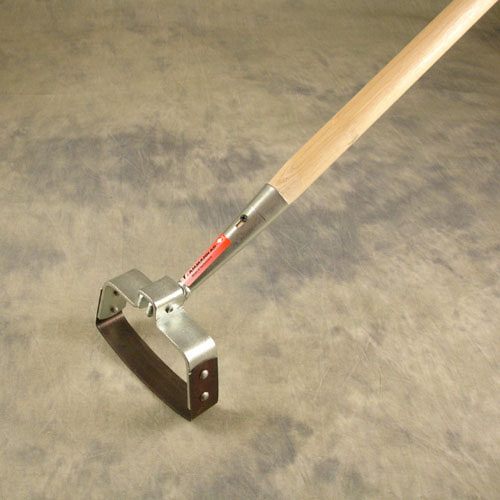QuestionHi Mike,
I am a new gardener and have taken over my Uncle's 1000 sq ft garden! I have sectioned off areas for tomatoes, potatoes', onions, corn, lettuce, cucumber, squash and a couple of pumpkins. I finally have the right tools for weeding but, I've read so many different takes on mulching. What is your take on the best types of mulch? I've read a lot about hay and straw which are available to me. I also am using grass clippings in my lettuce section. I am considering doing black plastic sheeting over my eggplants and peppers for more heat #w/row covers#. I was considering using straw around my corn. Anyway, we have A LOT of weeds and I don't want to be fighting these weeds all summer! Anyway, any advice would be appreciated.
Thank you!
Lisa
Answer
 Oscillating Weeding To
Oscillating Weeding To
Lisa, you mentioned you have all the right tools for weeding. One I highly recommend is a ratchet or oscillating hoe. I use this daily in my garden and it definitely makes life simple. It allows you to push back and forth while cutting the weed at the root. It also serves as a surface tiller and is small enough to get in between plants. I've attached a photo of one on case you're interested. They are available at most garden and home centers.
All of the amendments you mentioned will serve well as mulches. I recommend staying away from hay since it drops it's own seeds and further exasperates the problem. My favorites are straw, dried grass clippings, shredded leaves, and compost.
Black plastic is also a good resource. Just be sure to punch holes every inch or so to allow for watering. Garden centers also sell products with the holes pre-punched. Plastic warms the soil in the winter and spring, but must be covered with one of the organic mulches in the summer. Otherwise, the heat generated from the black plastic can cook the plants.
Finally, row covers are great for keeping out pests, yet still allowing sunshine and water to reach the plants. Make sure you remove the row covers once the plants produce flowers. This will allow the bees to pollinate the plants.
I hope this information helps. Good luck, and enjoy your weekend.
Mike






